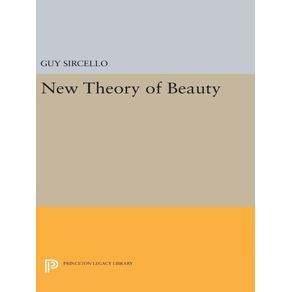Ever since the eighteenth century, when Kant opened the floodgates of subjectivism in aesthetics, common men and philosophers alike have despaired of finding a basis for judgments about beauty. This book provides a comprehensive theory that encompasses beauty in art and nature, as well as intellectual, utilitarian, and moral beauty. The author argues that the beauty of objects can be reduced to the beauty of properties of those objects, which in turn can be understood in terms of properties of qualitative degree. The theory, developed first with respect to color, is then extended to include all sensory and non-sensory qualities. The author shows how the theory explicates and resolves disagreements about what is beautiful and discusses its relevance to the traditional notions of harmony and sublimity. His is an objectivist theory of beauty, and it enables him, in conclusion, to demonstrate why we enjoy perceiving beauty.Originally published in 1975.The Princeton Legacy Library uses the latest print-on-demand technology to again make available previously out-of-print books from the distinguished backlist of Princeton University Press. These editions preserve the original texts of these important books while presenting them in durable paperback and hardcover editions. The goal of the Princeton Legacy Library is to vastly increase access to the rich scholarly heritage found in the thousands of books published by Princeton University Press since its founding in 1905.

